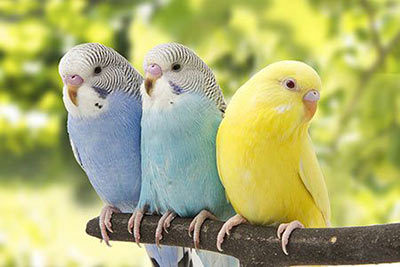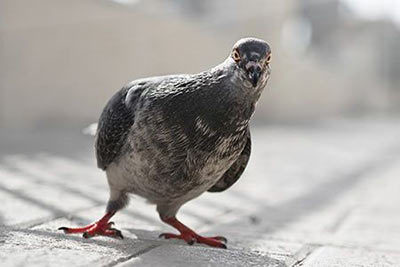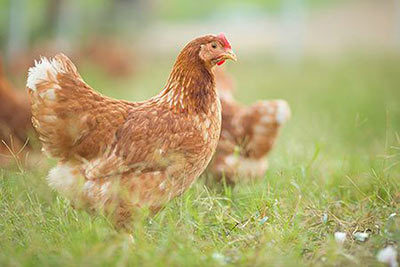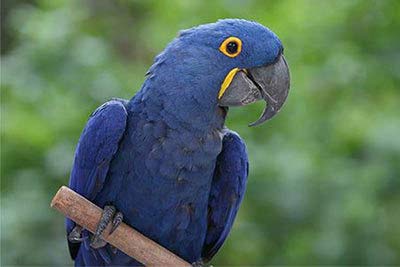Magpie
Magpie Facts
| Size | 17-18 in (44-46 cm); 20-24 in (52-62 cm) (wingspan) |
| Speed | Up to 20 mph (32 km/h) |
| Weight | Up to 8 oz (230 g) |
| Lifespan | 8-15 years |
| Food | Omnivore |
| Predators | Foxes, cats, coyotes |
| Habitat | Europe, Africa, Asia |
| Order | Passerine |
| Family | Corvidae |
| Scientific name | Pica pica |
| Characteristics | Black and white plumage, long tail feathers |
Main Characteristics
Magpies are corvids. In central Europe, they’re easy to recognize thanks to their characteristic black and white plumage. Their tail and wing feathers have a fascinating metallic shimmer in blue, green or purple. Magpies prefer landscapes with hedges, bushes and trees. They mostly eat insects such as larvae, worms, small vertebrates like mice and amphibians, carrion, fruit, seeds and mushrooms.
Anatomy and Appearance
Magpies are easily recognized by their characteristic black and white plumage, with the tail and wing feathers being blue, green or purple with an intriguing metallic shimmer.
Diet
What Does a Magpie Eat?
The magpie is omnivorous, that means it is herbivore and carnviore at the same time. Their diet includes fruits, seeds and mushrooms, insects, larvae, worms, small vertebrates, and even carrion. It is also known to loot the nests of other birds and eats their eggs or even their fledglings. This is why people sometimes describe the magpie as a thievish animal. The magpie loots the nests of other animals and eats their eggs or even their fledglings. Therefore, magpies are sometimes called bird killers.
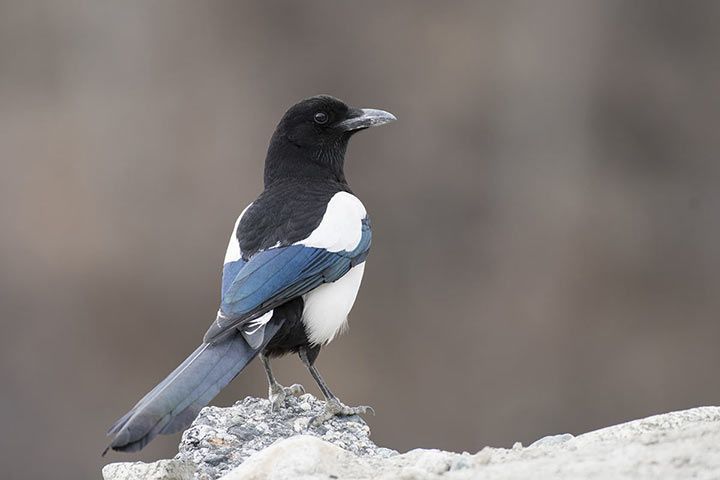
Intelligence
Magpies Recognize Themselves in the Mirror
Are Magpies Intelligent?
Magpies are capable of complex thinking. A natural scientist figured this out in the 18th century already. For instance, if there are five humans hiding behind a tree near the nest the magpie keeps count of them. If only four of the humans re-emerge, the magpie stays attentive, because it would never abandon its nest. The magpie knows: The fifth person is still hiding behind the tree.
"This is me there in the mirror!" Magpies are able to achieve what usually only humans, great apes, dolphins and a few other animals are capable of: They can recognize themselves in the mirror. But how can scientists prove things like this? They marked a spot on the magpie’s plumage the bird normally cannot see. In the mirror, the magpie curiously looked at this spot and inspected it with its beak.
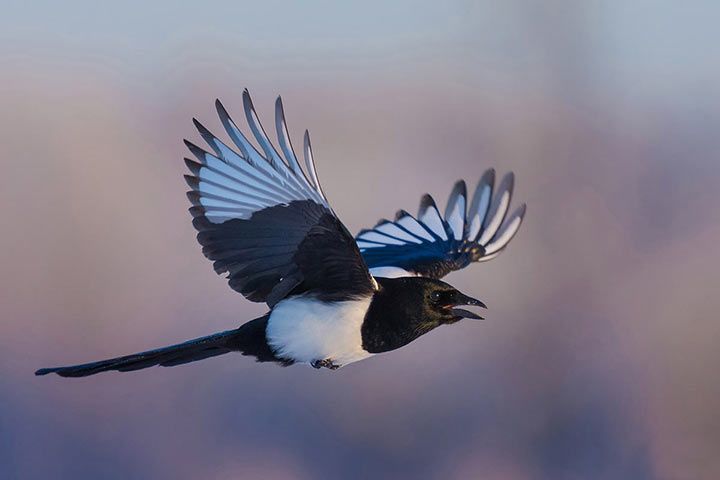
Behavior
Are Magpies Thieves?
"How it Glitters and Twinkles!" It is a common belief that magpies have a penchant for anything that glitters. Indeed they can be observed carrying away objects such as coins or aluminum foil. Researchers at the University of Exeter (UK) wanted to find out more in 2014 and looked into the question of whether magpies actually have a preference for shiny objects.
They carried out experiments, which showed that the birds eyed the objects rather suspiciously and only made contact with them twice in 64 tests. The magpie is most likely to get its reputation from the fact that we humans simply remember it more strongly when a magpie picks up a shimmering object.
Magpies Form Flocks
If a female and male magpie don't hatch eggs (they would stay together for their entire lives then), they form little groups of up to 100 birds, which often stay in one place to take a nap.
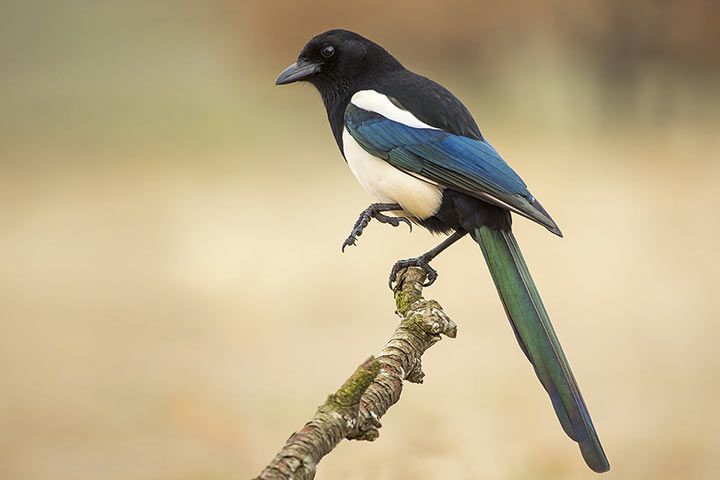
Fun Facts
Does the Magpie Bring Good or Bad Luck?
Every culture has its individual attitude towards the sociable little bird. In the Middle Ages, the magpie was associated with witches. For Germanic peoples the magpie was the bird of Hel, the goddess of the dead. In Asia, the magpie comes off better and is considered to bring good luck. Native Americans also think highly of the magpie and believe it is a kind of spiritual being.
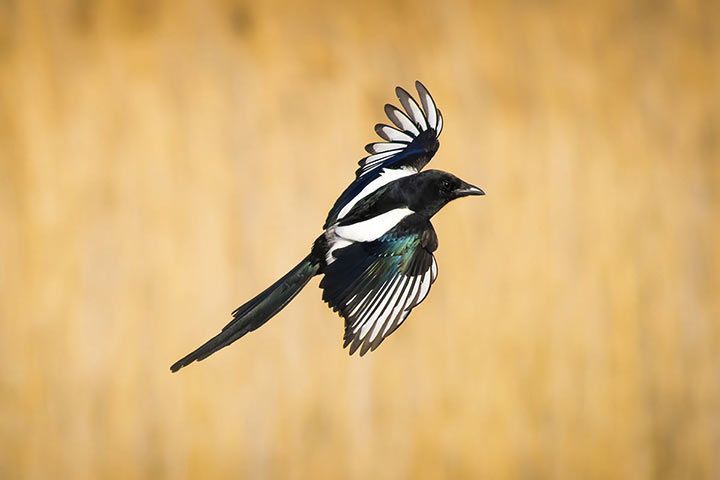
- Find Out More:
- Common Raven Facts
- Eurasian Jay Facts















